| 1. Introduction Recently, I had the awesome privilege to take part in a voicEdcanada Radiothon--a space that brought together many educators in the spirit of sharing their thoughts on the future of Education. I’d like to express my deepest thanks to Rola Tibshirani (@rolat, Ottawa Catholic School Board) and Stephen Hurley and the team at voicEdcanada for the recent opportunity to share my learning journey with others across Canada. We engaged in a discussion of the confluence of thinking, assessment, connected learning (globalized competencies) and flipped learning practices upon student learning, as well as what learning we need to do, as educators and leaders, for continuously improving the conditions for teaching and learning. |
With respect to the last five posts, here on Flipping the Focus, listeners can experience the essence of each of them--i.e., a confluence of the themes--through the podcast.
The podcast can be accessed at: https://soundcloud.com/rola-tibshirani/rt-chris
Each of the contributing posts, from the "Equity Through Pedagogy" Series, are linked below for further, deep reflection.
Post 1: Thinking Classrooms
Post 2: Global Competencies
Post 3: Flipped Learning
Post 4: Formative Assessment
Post 5: Pedagogical System for Teaching Mathematics
Once you've had an opportunity to listen to the podcast and/or read any one of the posts, consider sharing your perspectives to this blog and/or with your colleagues in response to the following provocation.
and your teams experiencing?
In closing, I can't help but to think of the conversations that can be inspired when we take collective action to improving student learning.
As this blog is a means for readers to network and gradually change the context for how they teach and learn, we all benefit by drawing nearer to the perspectives shared here and shared beyond with our professional learning networks.
I am more than happy to collaborate with you and make our learning visible, here, in this blog and across Flipping the Focus' social media platforms, as well as your own.
If at any time, you have questions or comments, please feel free to reach out through the "Contact" button (below).
Sincerely,
Chris Stewart
Education Leader, Flipping the Focus
The Missing Link: Episode 47 - Chris Stewart [Audio blog interview]. (2019, February 11). Retrieved from https://soundcloud.com/rola-tibshirani/rt-chris
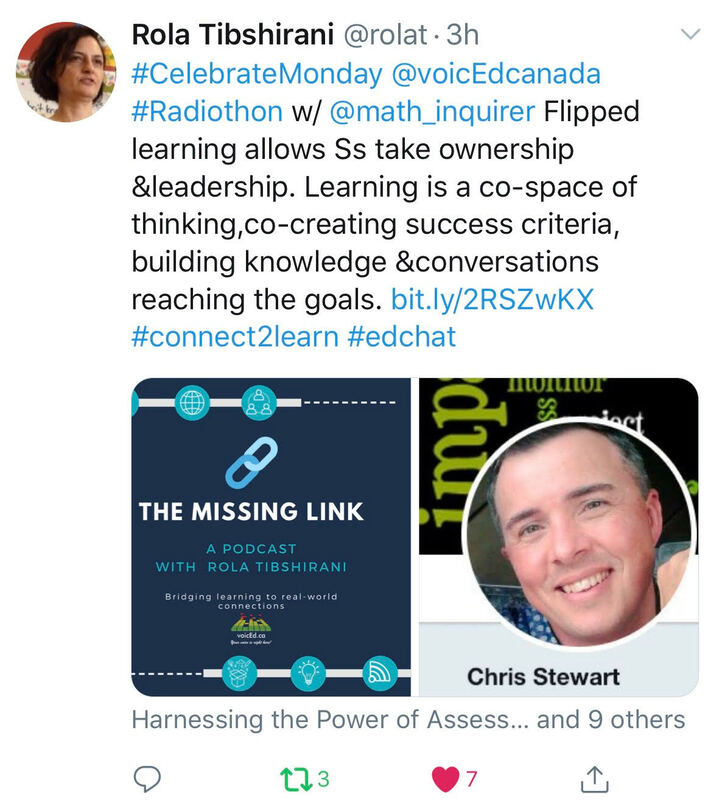
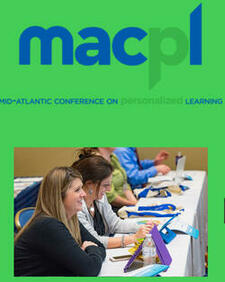
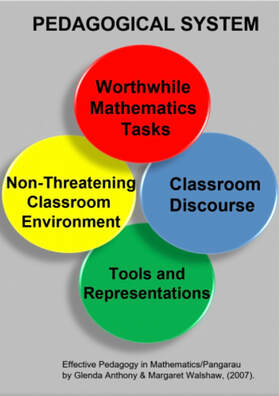
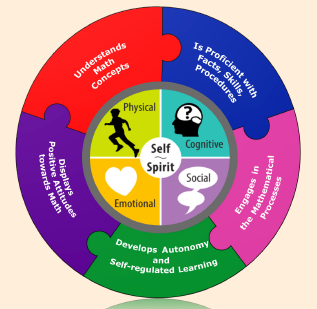
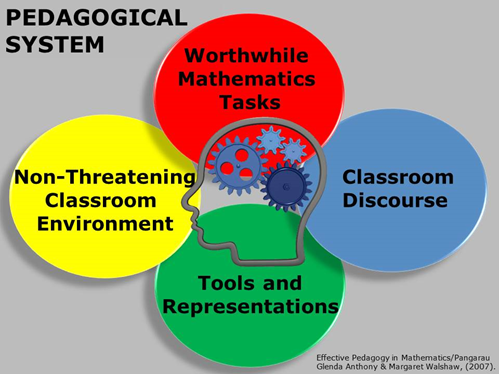
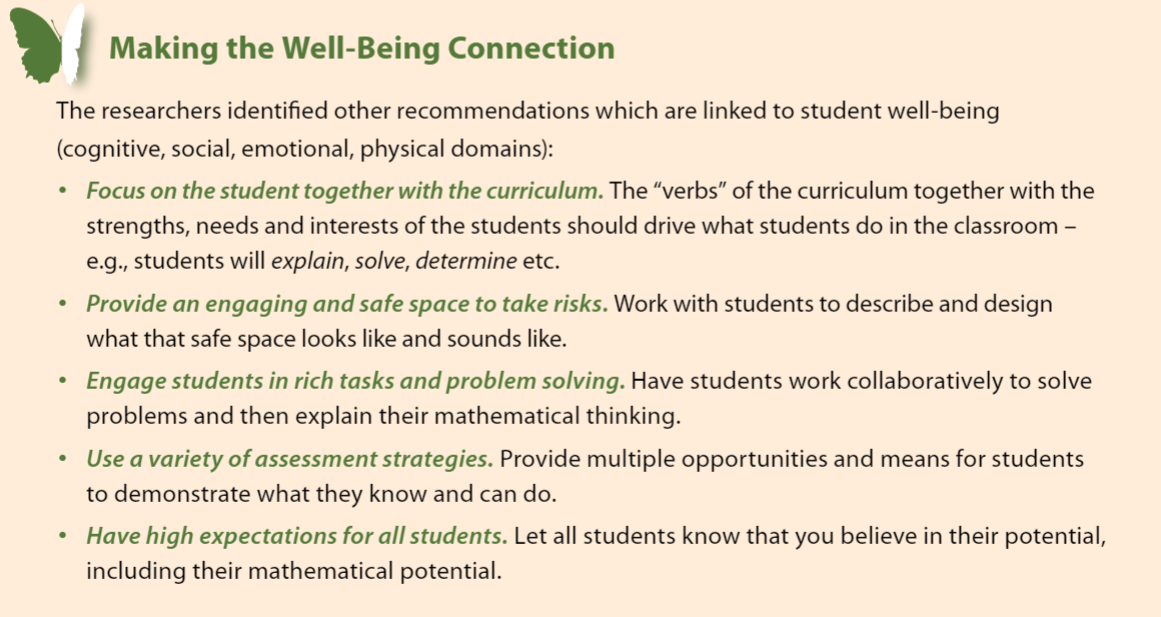
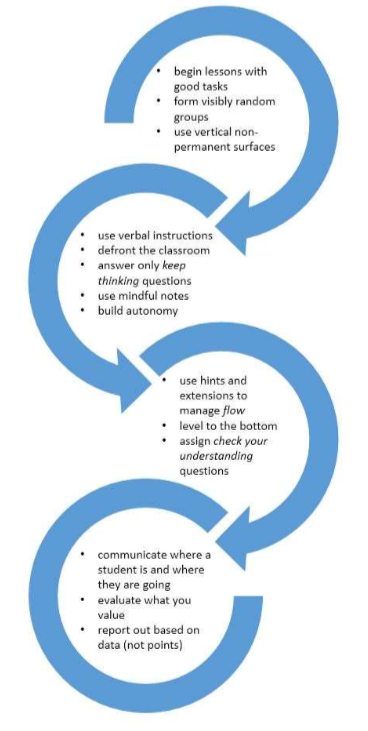
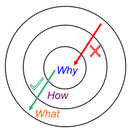

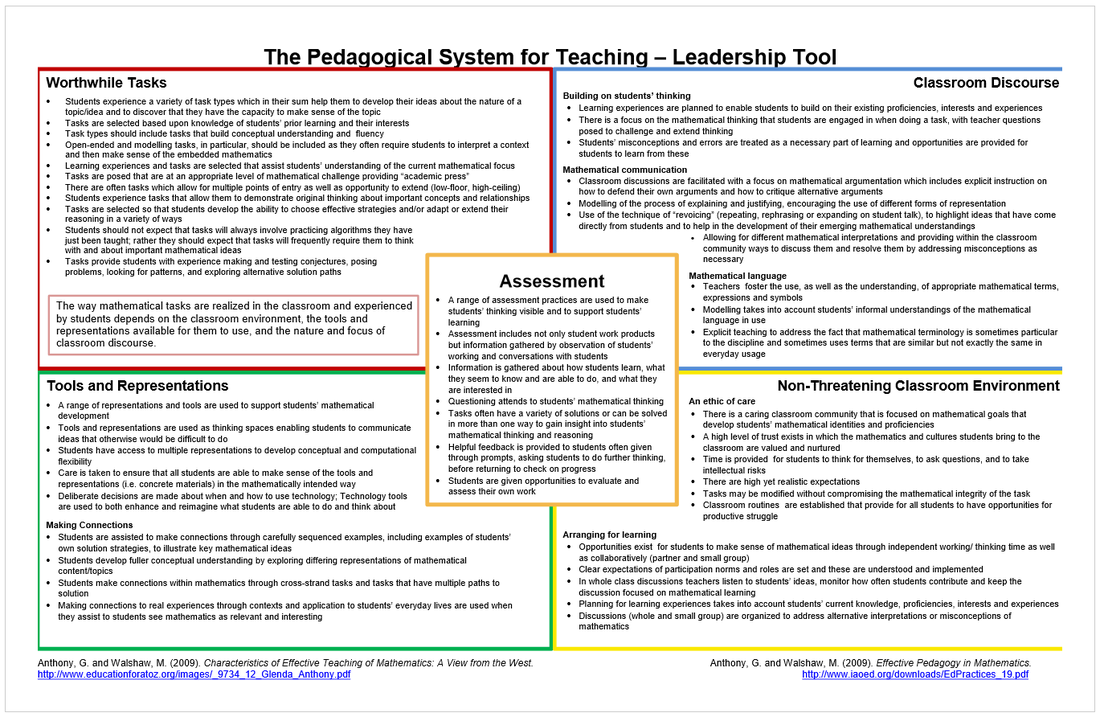

 RSS Feed
RSS Feed


